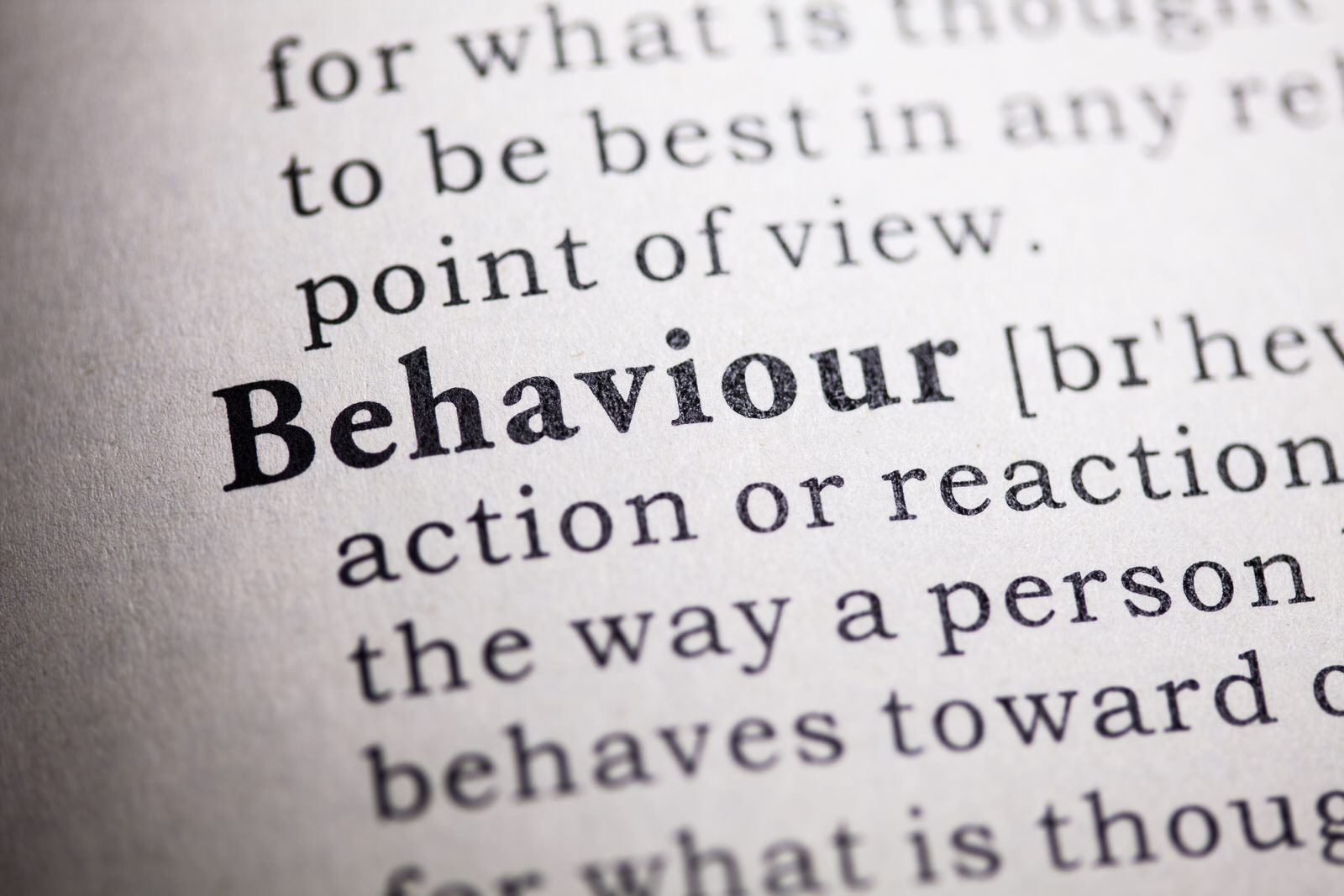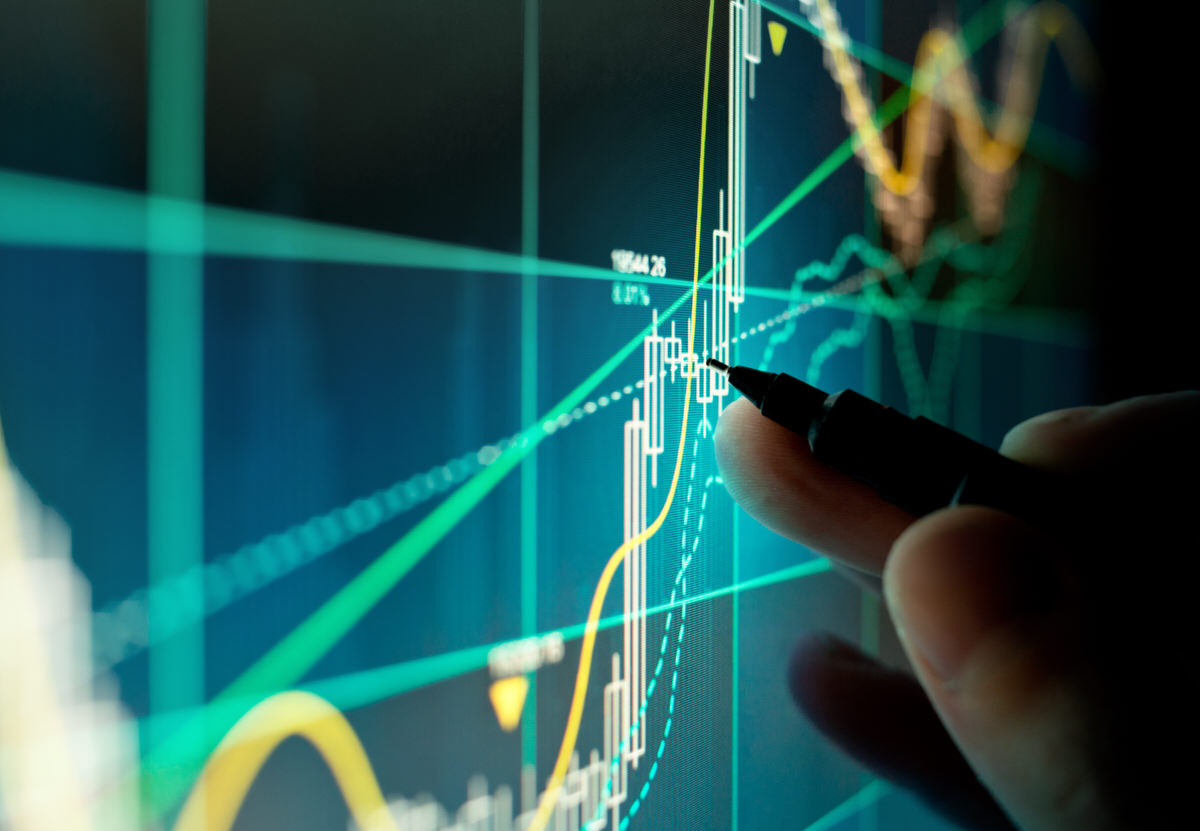by Michael Lebowitz, CFA, 720 Global Research
Opening day is a glorious time for baseball fans. Warmer temperatures and blooming shrubbery are on their way, and more importantly, their favorite teams will begin a stretch of 162 games that culminates with a best-of-seven battle between the American and National League champions.
With leaves falling and colder temperatures upon us, most baseball fans are left out in the cold. However, here in Washington D.C., and no doubt in Houston, everyone is a diehard fan cheering their team on to a World Series crown.
Curly W’s, the logo of the Washington Nationals (Nats) baseball team, litter the streets, schools, and even office buildings of D.C. Everyone is on board the Nationals train, yet in August you could have spent a paltry $20 for a decent seat and shown up to a half-empty stadium to see the same Nationals play. Today, standing room only tickets for the World Series are said to be fetching $1000.
As the Nationals and Astros begin the World Series, the baseball gods are teaching us a valuable lesson that applies to investing as much as it does sports.
Bandwagon Bias
Within the last month or so, the Nationals and Astros have attracted a huge following of “bandwagon” fans. People who were casual fans or not even fans at all are gripped by a desire and the camaraderie of being with a winner.
Trina Ulrich, a friend of ours and sports psychology professor at American University, was recently interviewed by radio station WAMU to talk about the psychology behind bandwagon fans. The interview and article can be found HERE. Stay tuned as The Lance Roberts Podcast will be interviewing Trina in November.
Trina Ulrich defines the bandwagon effect as follows: “[It’s] essentially a psychological phenomenon that happens when people are doing something because others are doing it already.” Sound familiar?
We have written many articles describing and warning about the dangers of market bandwagons, in particular, investor conformity and the so-called herding effect. These biases are widespread in today’s market place and are extremely important to grasp.
In no uncertain terms, a FOMO (fear of missing out) is leading equity markets to valuations that are at or above those of 1929 and only bettered by those in the late 1990s. Other risk assets such as corporate debt, private equity, and high-end real estate trade at similarly rich valuations. The burgeoning bandwagons in these markets have been growing for years, unlike the short term nature of those simmering in Washington, D.C. and Houston.
Trina Ulrich says our attraction to bandwagons is defined by a psychological term called dispositional hope. Dispositional hope is the belief that one can achieve their goals. The high dispositional hopes that some baseball fans and investors carry is attractive to others with less dispositional hope. Those with less hope are enticed as the goal of winning is seen as attainable and beneficial.
As the Nationals and Astros advanced through the regular season and the playoffs, diehard fans with hope that their team will win attracted others looking for dispositional hope. Similarly, investors over the last few years with high hopes for generous future returns are drawing in a wide swath of investors. In both cases, hope is selling off the shelves.
Trina Ulrich goes on to explain that human minds are built to buy hope. Per Ulrich, “So if you have a bunch of die-hard Nats fans with high dispositional hope, they will draw in other fans that may have a low dispositional hope. It has to do with the feel-good hormones in the brain like serotonin, oxytocin, and dopamine.
“When [the hormones] rise because of motivation and excitement and success, the brain gets bathed in this and there is a pleasure effect.” “So why not feel this way too when you see someone else feeling this way?”
In The Money Game & The Human Brain Lance Roberts put it similarly:
“As individuals, we are “addicted” to the “dopamine effect.” It is why social media has become so ingrained in society today as individuals constantly look to see how many likes, shares, retweets, or comments they have received. That instant gratification and acknowledgment keep us glued to our screens and less involved in the world around us.”
We are addicted to winning, be it on the baseball field or in our investment accounts, because it delivers a gratification that we crave. Consistently winning is remarkably satisfying, ask any New England Patriots fan. Yet, even Patriot quarterback Tom Brady will eventually retire (or die of old age on the field), and the game for Patriots fans will likely change dramatically. Similarly, in spite of a dynastic run of success, there is the cold hard reality that markets do not, indeed cannot, always go up.
Markets have a strong tendency to oscillate between high and low valuations. Rarely, if ever, does a market follow a straight line that mimics the true fundamentals. When markets are overvalued, they tend to get even more overvalued due in large part to the bandwagon effect. At some point, however, markets must face the reality of the limitations of valuations. When prices can no longer be justified by marginal investors, reality sets in.
In Bubbles and Elevators we stated:
“From time to time, financial markets produce a similar behavioral herding effect as those described above. In fact, the main ingredient fueling financial bubbles has always been a strong desire to do what other investors are doing. As asset bubbles grow and valuation metrics get further stretched, the FOMO siren song becomes louder, drowning out logic. Investors struggle watching from the sidelines as neighbors and friends make “easy” money. One by one, reluctant investors are forced into the market despite their troubling concerns.”
“Justification for chasing the market higher is further reinforced by leading investors, Wall Street analysts, and the media which use faulty logic and narratives to rationalize prices trading at steep premiums to historical norms. Such narratives help investors convince themselves that, “this time is different,” despite facts evidencing the contrary.”
Summary
In baseball and other sports, the bandwagon effect is a good thing as winning unites people that would otherwise have little in common. Today, a city as politically divided as Washington can greatly benefit when its people of such diverse political mindsets are united, even if only for a few weeks. The downside of joining the wrong bandwagon is an emotional hangover and maybe a lost bet or two.
In markets, the bandwagon effect can also be a good thing as rising markets fuel optimism and help investors meet their financial objectives. Unfortunately, jumping on a market bandwagon at the wrong time can come with steep costs. Bandwagons, after all, are always a speculative venture. Currently, a normalization of equity valuations can result in investors losing half of their wealth or possibly more. Not only will those on the bandwagon have a lasting emotional hangover but they will also have a tremendous loss that could take years to recoup.
Choose your bandwagons wisely and GO NATS!!
Copyright © 720 Global Research















